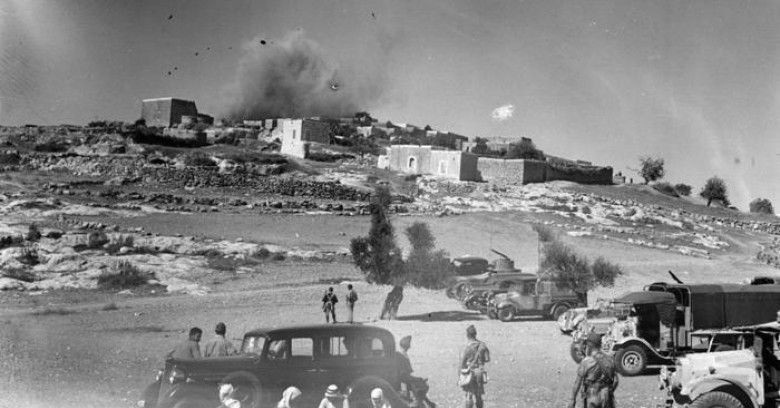RAMALLAH, Thursday, March 21, 2019 (WAFA) - More than 97% of the water pumped from the coastal aquifer in Gaza Strip does not meet the water quality standards of the World Health Organization (WHO), leading to the depletion of groundwater reserves with the groundwater level in the coastal aquifer reaching 19 meters below sea level, the Palestinian Central Bureau of Statistics (PCBS) and the Palestinian Water Authority (PWA) said today in a joint press release on the occasion of World Water Day, which coincides tomorrow.
The amount of water extracted from the coastal aquifer for domestic use was 178.7 million cubic meters (MCM) in Gaza Strip in 2017; but this quantity is obtained via unsafe pumping that jeopardizes
In the West Bank, where the Palestinians have been denied access by the Israeli occupation authorities to extraction from the Jordan River since 1967, which was estimated about 250 MCM, the quantity of Water pumped from Palestinian wells in the West Bank in 2017 was 86 MCM from
Data showed that the percentage of the exploitation of surface and groundwater from available water in the year 2017 was high, with an average of 77%.
With scarce water and Israeli restrictions on access to resources, Palestinian cities are forced to purchase water from the Israeli water company Mekorot. In 2017, they purchased 83 MCM, which represented 22% of the water available in Palestine (375 MCM). Additionally, 23.5 MCM of water
The PCBS and the PWA said that 62% of households use an improved drinking water source (piped into dwellings, protected dug well/ protected spring, rainwater, bottled water
As for the type of localities, these percentages were distributed to 58% in urban localities, 94% in rural localities, compared to 44% in refugee camps.
The daily allocation per capita from consumed water for domestic purposes is 88.3 liters/capita/day in Palestine. The West Bank and Gaza Strip had the same rate in 2017.
There are some localities where the average per capita consumption does not exceed 50.4 liters per day, while this rate exceeds 150 liters per day in other localities such as Jericho.
M.K.










